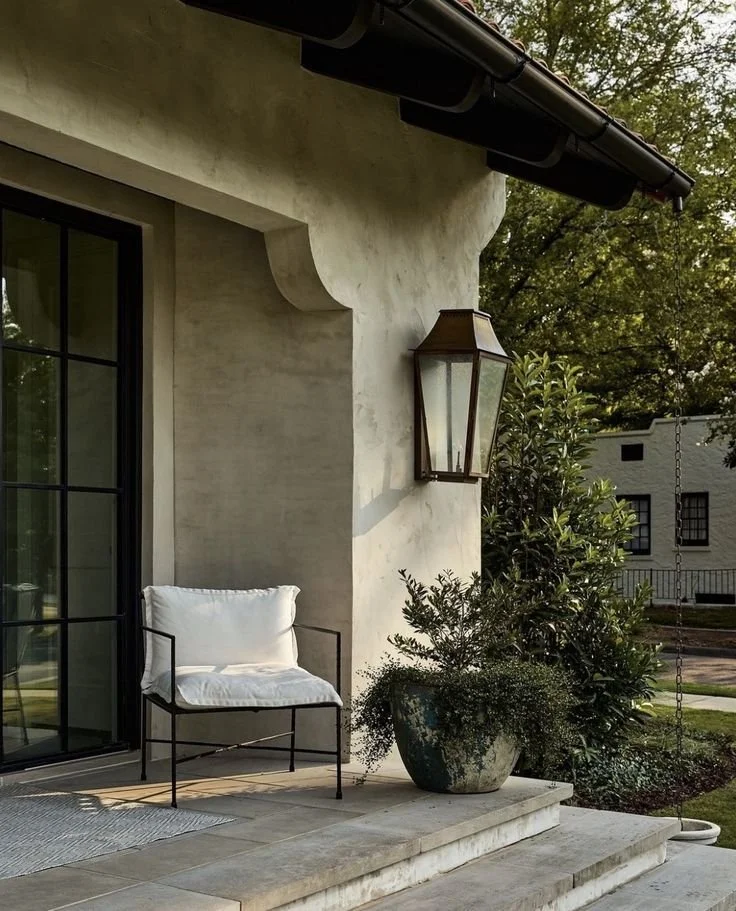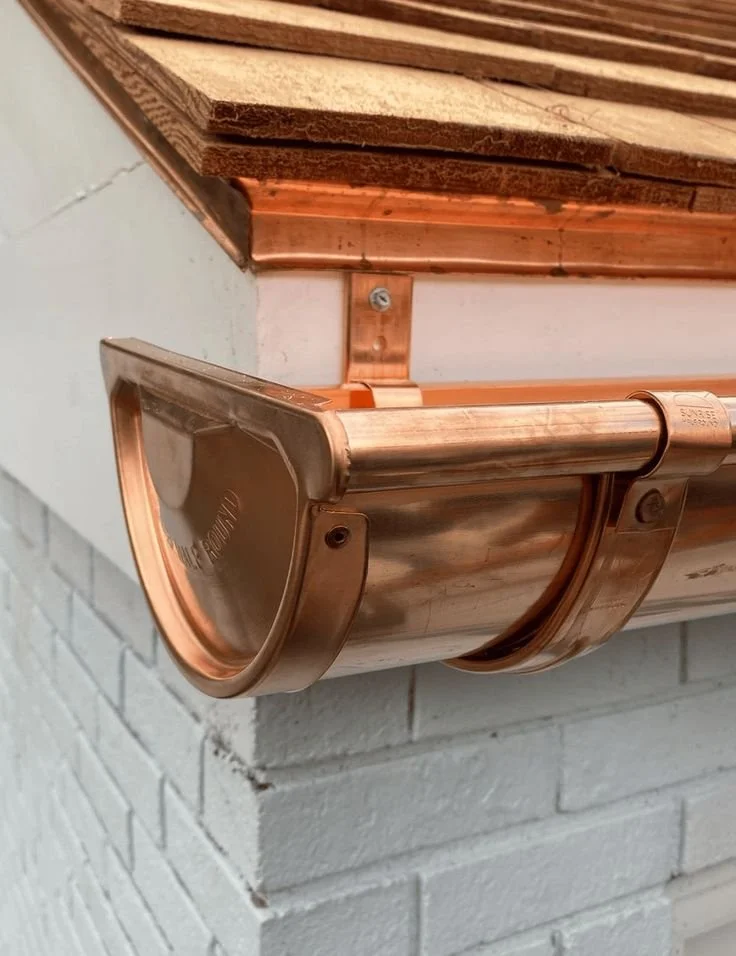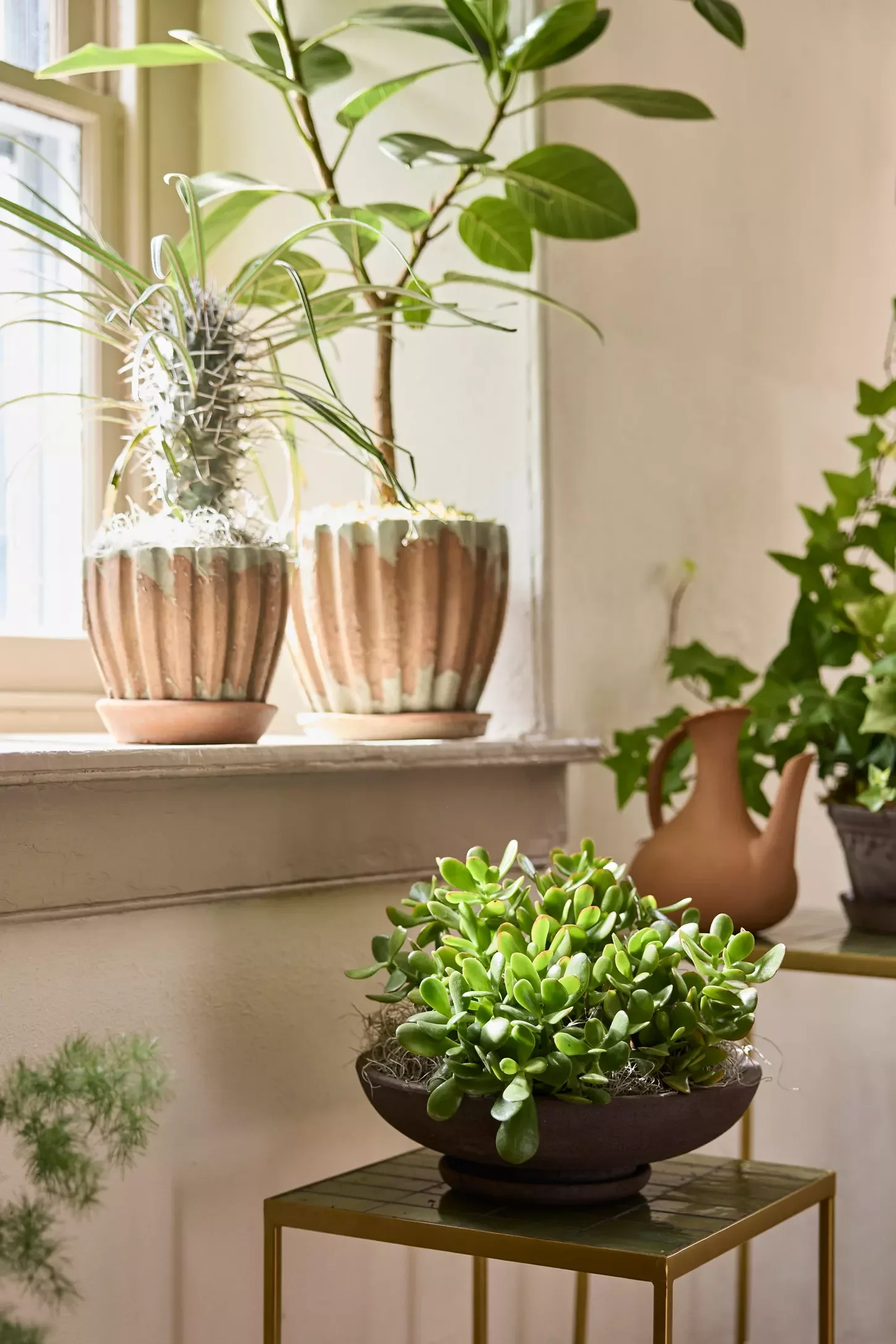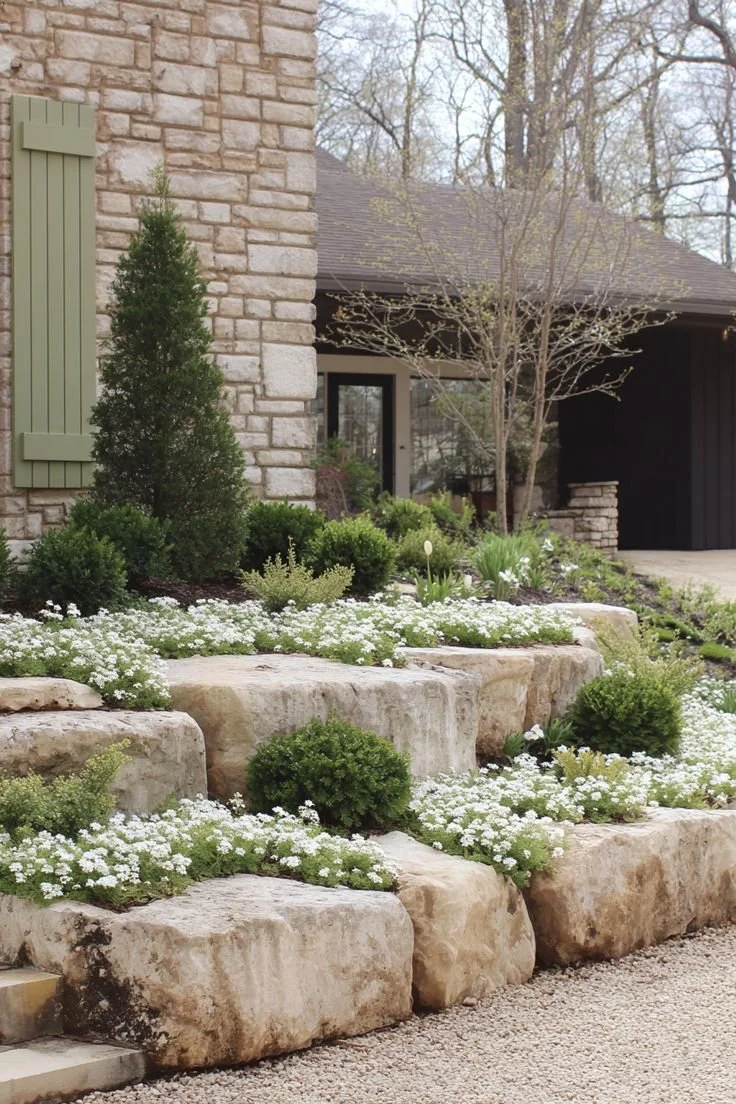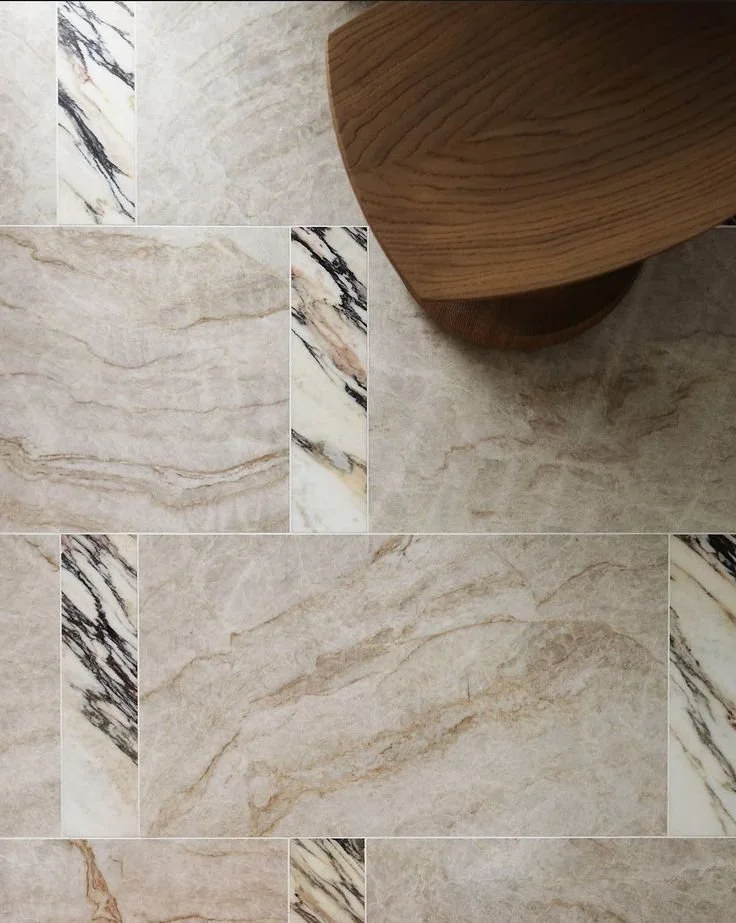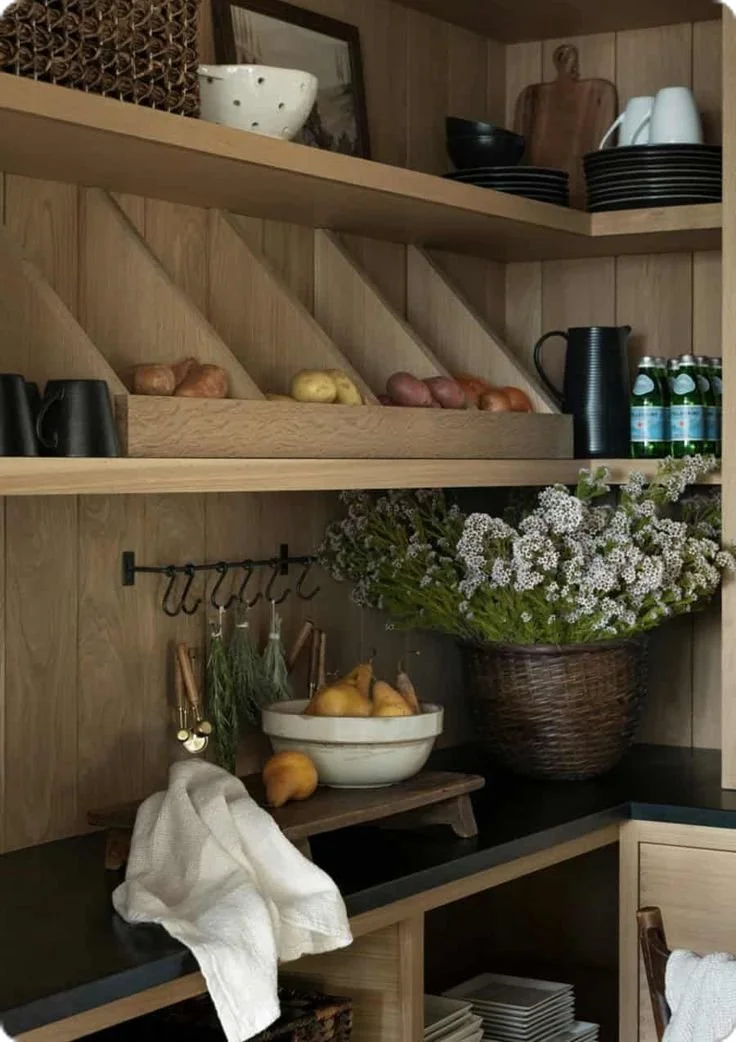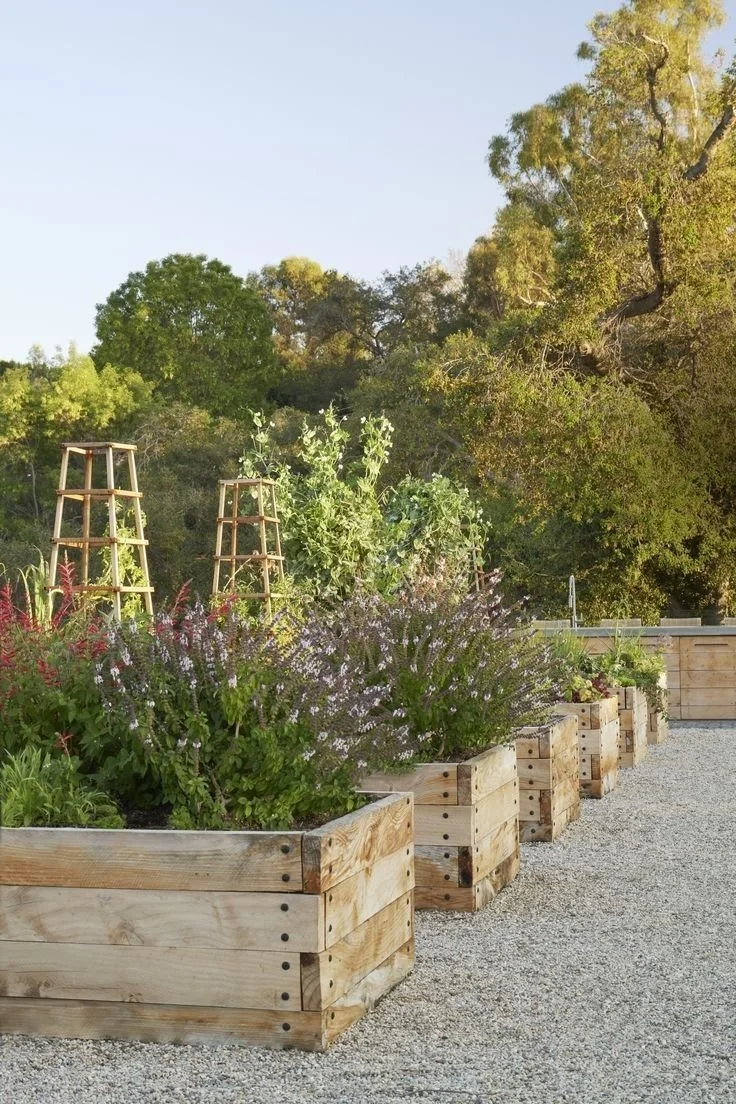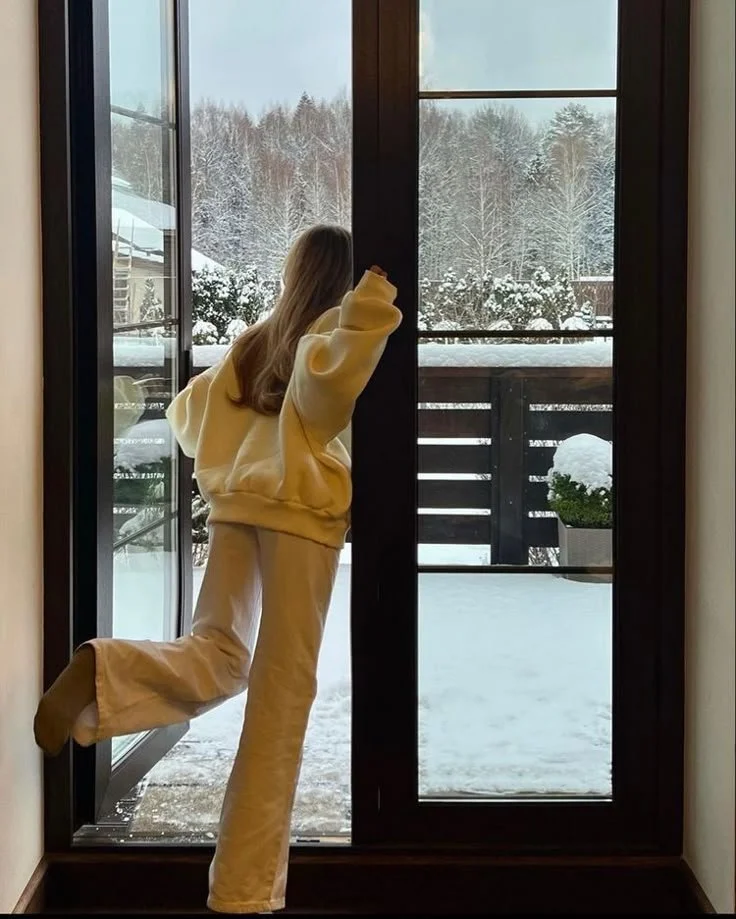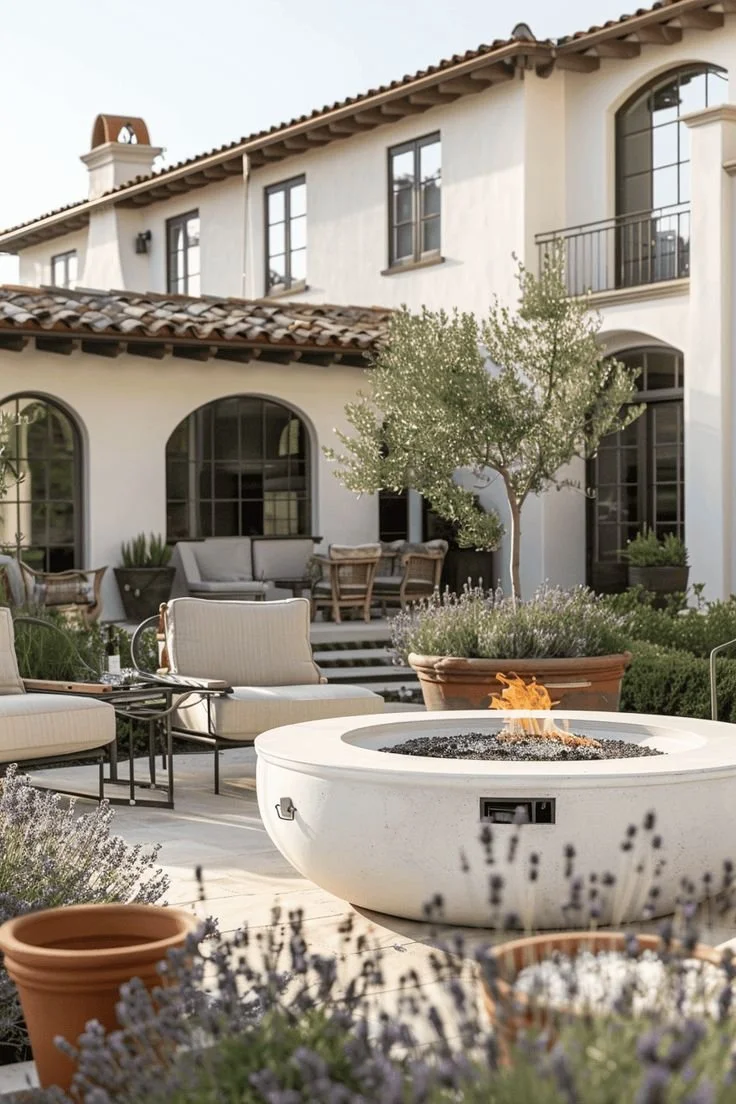Avoiding Common Pitfalls In French Drain Installation
When it comes to protecting your property from water damage, few solutions are as effective—and misunderstood—as the French drain. Whether you're dealing with a soggy yard, water pooling near your foundation, or drainage issues after heavy rain, a properly installed French drain can be a game-changer.
But here’s the catch: success lies in the details. From choosing the right location to selecting the correct materials and ensuring proper slope, every step matters. A poorly installed French drain won’t just underperform—it can actually make your drainage problems worse.
In this comprehensive guide, we’ll walk you through everything you need to know about French drain installation. From assessing your drainage issues to avoiding common mistakes, you’ll learn how to plan, build, and maintain a system that works for years to come.
No. 1
Choosing the Right Location for Installation
Know where the water comes from—and where it should go.
Installing a French drain without understanding the source and destination of water is like planning a road trip without knowing your starting point or destination. The first step is always to identify the problem areas.
Assessing Drainage Issues
Observe your yard during heavy rainfall
Identify pooling areas or water near your foundation
Note how water flows across your property
Consider soil type—clay holds water, while sandy soil drains faster
Avoiding Utility Interference
Before you dig, call 811 to check for underground utilities. Striking a gas or electric line can be dangerous and costly. Always prioritize safety.
Understanding Zoning Regulations
Check local zoning laws and building codes. Some municipalities have restrictions on drainage systems near property lines or shared easements. Non-compliance could lead to fines or forced removal.
No. 2
Understanding Waterflow Direction
Identifying Natural Water Paths
Watch how water moves during storms
Locate high and low points in your yard
Note any existing ditches, swales, or slopes
Consider how driveways, patios, and structures affect runoff
Planning the Drain Route
Intercept water before it reaches problem areas
Choose a route with a clear outlet (storm drain, dry well, or lower yard area)
Determine appropriate length and depth based on the volume of water
Avoid placing the drain too close to trees to prevent root intrusion
Avoiding Pooling Areas
Ensure a consistent slope throughout the trench
Avoid low points that could cause water to stagnate
In clay-heavy soils, consider a deeper trench or soil amendments
Use root barriers near trees to prevent clogs
No. 3
Selecting Appropriate Materials
Choosing the Right Gravel
Gravel acts as a filter and drainage medium
Crushed stone is often more effective than pea gravel
Choose gravel size based on soil type and expected water volume
Don’t skimp—gravel is essential for system performance
Using Quality Drainage Fabric
Geotextile fabric prevents soil from clogging the gravel
Choose a durable, heavy-duty fabric for clay or silty soils
Wrap the fabric completely around the gravel for full protection
Overlap seams to prevent soil intrusion
Avoiding Improper Pipe Types
Use perforated or slotted pipes designed for drainage
Avoid solid pipes for the main trench—they won’t collect water
Ensure the pipe is rated for underground use
Choose a pipe strong enough to withstand soil pressure
Houzz
Make your home project a reality. Find inspiration, products, and the pros to make it happen - all in one place.
No. 4
Ensuring Proper Slope and Grading
Importance of Positive Slope
Water needs gravity to flow—aim for a slope of at least 1 inch per 8 feet
A positive slope prevents standing water and clogs
Adjust slope based on terrain and water volume
Calculating the Correct Grade
Measure the total length of the trench
Determine the desired drop (e.g., 3 inches over 24 feet)
Use a level or laser level to ensure accuracy
Compact the soil beneath the pipe to maintain slope
Avoiding Flat or Inverted Slopes
Flat slopes cause water to stagnate
Inverted slopes can direct water back toward your home
Always double-check slope before covering the trench
Avoid common grading mistakes like ignoring elevation changes or failing to compact soil
No. 5
Avoiding Common Installation Mistakes
Not Lining the Trench
Skipping the drainage fabric leads to clogged gravel
Think of the fabric as a filter—essential for long-term performance
Filling the Trench with Excavated Soil
Backfilling with soil defeats the purpose of a French drain
Always use clean, washed gravel for backfill
Misdirecting Pipe Holes
Perforated pipe holes should face down
This allows water to enter from the bottom and prevents surface sediment from clogging the pipe
No. 6
Managing Downspout Connections
Avoiding Direct Connections
Connecting downspouts directly to a French drain can overwhelm the system
Debris from gutters can clog the pipe
Using Catch Basins
Catch basins act as a buffer and trap debris
They regulate water flow into the drain and are easy to maintain
Ideal for managing roof runoff without compromising the French drain
Ensuring Proper Drainage Capacity
Calculate roof runoff to size your catch basin and drain
Consider peak rainfall events
Clean catch basins regularly to maintain flow
No. 7
Maintaining the French Drain System
Regular Inspections
Check for standing water or erosion near the drain
Inspect inlets and outlets for blockages
Early detection prevents costly repairs
Clearing Debris
Remove leaves, twigs, and sediment regularly
Install catch basins to reduce debris entering the system
Keep pipe openings clear
Understanding Signs of Clogging
Slow drainage or standing water indicates a blockage
Address clogs immediately to prevent system failure
Routine maintenance extends the life of your French drain
Knowing the signs of clogging is important. Addressing them quickly can prevent French drain mistakes and keep your system working well.
Takeaways
Installing a French drain is one of the most effective ways to manage water on your property—but only if it’s done right. From selecting the ideal location and materials to ensuring proper slope and avoiding common mistakes, every detail plays a role in the system’s success.
By understanding how water flows through your yard, choosing the right components, and maintaining the system regularly, you can protect your home from water damage and enjoy a dry, functional outdoor space for years to come.
And remember, if you're unsure about any part of the process, don’t hesitate to consult a professional. A well-installed French drain is an investment in your property’s health and value—make sure it’s done right the first time.
Looking for Home resources?
Looking to enhance your living space and create a sanctuary that supports your well-being? Explore our home partners who offer a wide range of resources to elevate your home environment.


